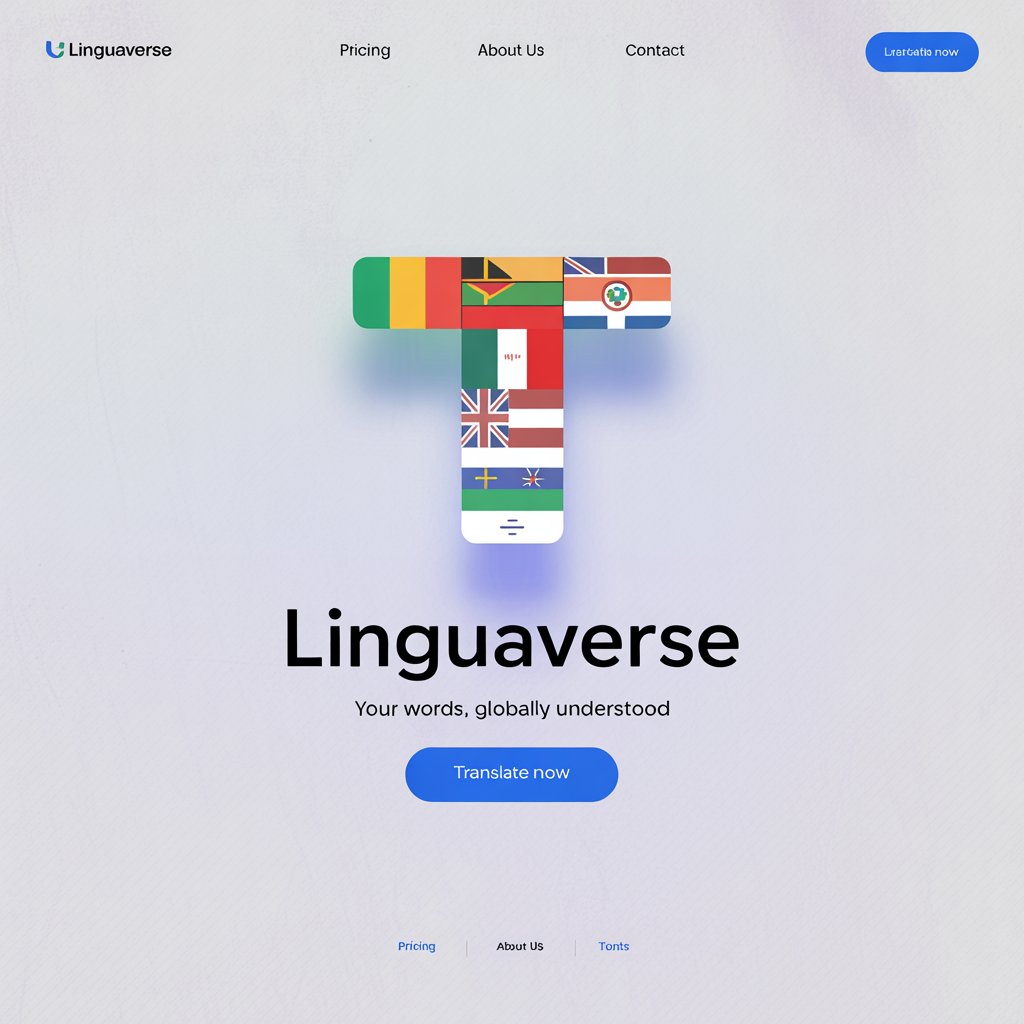Introduction: The Warmth of a Universal Word
Imagine stepping off a plane in a foreign land, tired and disoriented, only to be greeted with a smile and a single word that instantly makes you feel at home: welcome. That simple utterance, whether in English, bienvenido in Spanish, or swagatam in Hindi, carries a universal warmth that transcends borders. I remember my first trip abroad, nervously navigating a bustling market in Morocco, when a shopkeeper greeted me with marhaban. Though I didn’t speak Arabic, the kindness in his voice and the familiarity of the sentiment made me feel like I belonged. The word “welcome” is more than a greeting—it’s an invitation, a promise of connection, and a reflection of humanity’s shared desire to embrace others. Across cultures, this word weaves a thread of hospitality, uniting us in our need for belonging.
In this blog post, we’ll explore how “welcome” is expressed in languages and cultures around the globe, diving into its linguistic nuances, cultural significance, and emotional resonance. From European cobblestone streets to African savannas, Asian metropolises to Pacific islands, the concept of welcome reflects both diversity and unity. Let’s embark on this journey to discover how the world says “welcome” and what it reveals about our shared humanity.
A Global Welcome: Reference Table
Below is a table showcasing how “welcome” is expressed in 15 languages, each with a brief cultural or linguistic insight.
| Language | Word/Phrase | Cultural/Linguistic Insight |
|---|---|---|
| French | Bienvenue | Used formally and informally, often paired with warm gestures like a handshake or cheek kiss. |
| Spanish | Bienvenido/a | Gender-specific (-o for male, -a for female), reflecting Spanish’s grammatical structure. |
| Italian | Benvenuto/a | Conveys warmth, often used in hospitality settings like restaurants or homes. |
| German | Willkommen | Formal and widely used in public settings, like airports or official events. |
| Mandarin Chinese | Huānyíng | Literally means “joyful greeting,” emphasizing happiness in welcoming guests. |
| Hindi | Swagatam | Rooted in Sanskrit, it conveys a deep sense of hospitality, often used in formal welcomes. |
| Japanese | Yōkoso | Used in formal and tourism contexts, often paired with a bow to show respect. |
| Korean | Hwan-yeong | Reflects Korea’s emphasis on respect and hospitality, often used in formal or warm greetings. |
| Arabic | Marhaban | A versatile greeting across the Arab world, meaning “hello” but also used as “welcome.” |
| Swahili | Karibu | Means “come closer,” symbolizing openness and community in East African cultures. |
| Zulu | Siyakwamukela | A warm, communal greeting, reflecting the Ubuntu philosophy of interconnectedness. |
| Yoruba | Kaabo | Used in Nigeria, it’s a warm invitation often accompanied by smiles or small gestures. |
| Maori | Haere mai | Literally “come here,” it’s a heartfelt invitation in New Zealand’s indigenous culture. |
| Hawaiian | Aloha | A multifaceted word meaning love, peace, and welcome, central to Hawaiian culture. |
| Cherokee | Osiyo | A traditional greeting meaning “hello” but used to welcome others warmly in Cherokee culture. |
This table is just a glimpse of the diversity and unity in how the world says “welcome.” Let’s dive deeper into how this word is expressed across continents and cultures.
European Languages: A Warm Embrace in Familiar Tongues
In Europe, the concept of “welcome” is deeply tied to hospitality and social customs. In French, bienvenue (meaning “well come”) is used in both formal and informal settings, often accompanied by a handshake or the iconic cheek kiss, especially in France’s social culture. It’s a word that opens doors to cafés, homes, and conversations, reflecting France’s love for connection and charm.
In Spanish, bienvenido (for men) or bienvenida (for women) reflects the language’s gendered grammar. In Spain and Latin America, this greeting is often paired with vibrant hospitality, such as offering food or a warm embrace. It’s a word that feels like an invitation to join the family, even for a moment.
Italian speakers say benvenuto (or benvenuta for women), a term that evokes the warmth of Italy’s culture—think of a trattoria owner ushering you to a table with a smile. It’s rooted in the idea of making guests feel cherished, a cornerstone of Italian social life.
In German, willkommen is a versatile word used in everything from official signage at airports to casual greetings at home. Germany’s emphasis on order and warmth means willkommen is both a formal acknowledgment and a genuine invitation to feel at ease.
Other European languages like Portuguese (bem-vindo/a) and Dutch (welkom) share similar sentiments, often tied to cultural norms of politeness and community. Across Europe, “welcome” is a bridge to connection, shaped by each region’s unique customs.
Asian Languages: Diversity in Hospitality
Asia, with its vast linguistic and cultural diversity, offers a rich tapestry of ways to say “welcome.” In Mandarin Chinese, huānyíng (欢迎) literally means “joyful greeting.” In China, welcoming guests is a sacred act, often involving tea, food, or elaborate ceremonies, especially during festivals like the Lunar New Year. The word reflects a cultural emphasis on harmony and respect.
In Hindi, swagatam (स्वागतम) is derived from Sanskrit and is used across India in both formal and informal settings. It’s often heard during weddings or religious ceremonies, where guests are treated as divine visitors. In India’s 20+ states, regional languages like Tamil (varavēṟpu), Bengali (svaagat), and Telugu (svāgataṁ) echo similar sentiments, each infused with local traditions of hospitality.
Japanese yōkoso (ようこそ) is a formal welcome, often used in tourism or official settings, accompanied by a bow to show respect. Japan’s culture of omotenashi (selfless hospitality) elevates the act of welcoming to an art form, where guests are treated with utmost care.
In Korean, hwan-yeong (환영) reflects Korea’s emphasis on respect and warmth. It’s common to hear this in airports or restaurants, often paired with gestures like a slight bow or a warm smile. Across Asia’s 20+ countries, from Arabic marhaban in the Middle East to Thai yin dee dtôn ráp in Thailand, “welcome” carries nuances of respect, community, and celebration.
African Languages: Community and Connection
Africa’s linguistic diversity shines in how “welcome” is expressed. In Swahili, spoken across East Africa (including Kenya, Tanzania, and Uganda), karibu means “come closer.” This word embodies the communal spirit of African cultures, where welcoming someone is an invitation to join the community, often with shared meals or storytelling.
In Zulu, spoken in South Africa, siyakwamukela is a warm, inclusive greeting tied to the philosophy of Ubuntu—the belief that “I am because we are.” It’s a reminder that welcoming others strengthens communal bonds. Similarly, in Yoruba (Nigeria), kaabo is a cheerful invitation, often used in markets or homes to make guests feel at home.
Other African languages, like Amharic (selam in Ethiopia) and Hausa (barka da zuwa in Nigeria), reflect the continent’s diversity across 20+ countries. In many African societies, welcoming a guest is a sacred duty, often involving rituals like offering water or food, symbolizing trust and care.
Indigenous & Island Languages: Sacred Invitations
Indigenous and island cultures offer unique perspectives on “welcome.” In Maori (New Zealand), haere mai means “come here,” a heartfelt invitation rooted in the culture’s emphasis on community and respect for visitors. It’s often heard during a pōwhiri, a traditional Maori welcome ceremony.
In Hawaiian, aloha is more than a greeting—it’s a way of life, embodying love, peace, and welcome. Used across Hawaii, it reflects the islands’ spirit of openness and connection to nature. Similarly, in Samoan, talofa is a warm greeting that doubles as a welcome, often accompanied by a smile or embrace.
Cherokee, spoken by Native American communities, uses osiyo as a greeting and welcome. It carries a sense of respect for tradition and connection to the land. Across 20+ indigenous and island cultures, from Inuit (tungasugit in Canada) to Tongan (mālō e lelei in Tonga), “welcome” is a sacred act of inclusion, often tied to rituals or oral traditions.
Cultural Insights: The Evolution of Welcome
The word “welcome” has ancient roots, evolving alongside human societies. In Indo-European languages, words like willkommen (German) and bienvenue (French) trace back to Proto-Indo-European roots meaning “desired guest.” In Sanskrit-based languages like Hindi, swagatam reflects ancient Vedic traditions of treating guests as gods (atithi devo bhava).
In many cultures, welcoming is tied to religious or historical contexts. In Arab traditions, marhaban is linked to Islamic values of hospitality, where guests are seen as blessings. In African societies, greetings like karibu or siyakwamukela are rooted in communal living and oral traditions. Over time, “welcome” has become a universal expression of human connection, shaped by each culture’s values and history.
Proverbs and Sayings: Wisdom in Welcome
Across cultures, proverbs and sayings reflect the importance of welcoming others:
- Indian (Hindi): “Atithi devo bhava” – “The guest is God,” emphasizing the sacred duty of hospitality.
- Arabic: “A guest is a gift from Allah,” reflecting the reverence for visitors in Islamic culture.
- African (Swahili): “Karibu nyumbani” – “Welcome home,” symbolizing the warmth of community.
- Japanese: “Okite wa yoi, okiru wa yoi” – “A good guest brings joy,” highlighting mutual respect.
- Hawaiian: “E komo mai, e noho mai” – “Come in, stay a while,” reflecting the aloha spirit.
These sayings show how “welcome” is not just a word but a cultural value, encouraging openness and connection.
FAQs: Understanding “Welcome” Across Cultures
Why does “welcome” sound similar in many languages?
Many European languages share Indo-European roots, leading to similarities like bienvenue (French), benvenuto (Italian), and bem-vindo (Portuguese). These words often derive from terms meaning “well” and “come.”
What’s the oldest known usage of “welcome”?
The concept of welcoming guests dates back to ancient civilizations, with written evidence in Sanskrit texts (like the Vedas) and early European languages. The sentiment is universal, predating written records.
How do cultural differences shape the expression of “welcome”?
In collectivist cultures (e.g., African and Asian societies), “welcome” emphasizes community and inclusion, often involving rituals like offering food. In individualistic cultures (e.g., Western Europe), it’s often more formal, tied to politeness or hospitality norms.
Conclusion: The Universal Language of Welcome
The word “welcome,” in all its linguistic forms, is a testament to humanity’s shared desire to connect, include, and embrace. Whether it’s karibu in a Swahili-speaking village, aloha on a Hawaiian beach, or bienvenue in a Parisian café, this simple word carries profound emotional weight. It reminds us that, despite our differences, we all seek to make others feel seen and valued. As you reflect on the many ways the world says “welcome,” consider how you use this word in your own life. How do you make others feel at home? Share your stories or favorite greetings in the comments below, and let’s celebrate the universal language of hospitality together!




